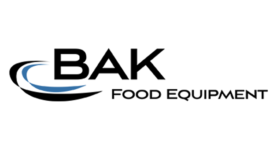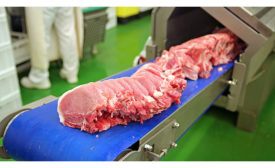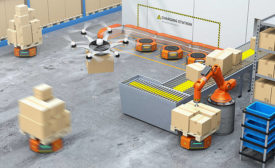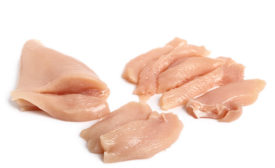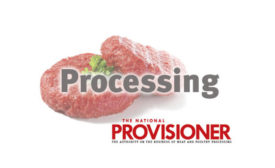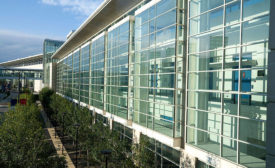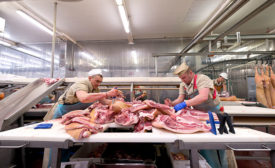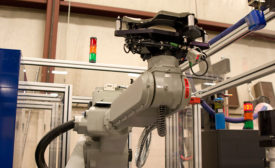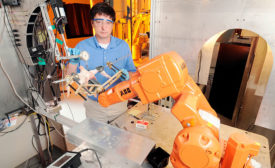Home » automation of processing lines
Articles Tagged with ''automation of processing lines''
The Spiral Bacon Smokehouse needs only two people for full operation.
Read More
Processing Tech
Benefits of automated cutting and deboning
Improved technology allows processors to benefit from today’s automated cutting and deboning operations.
Read More
Processing Tech
Rise of robotics in the meat processing industry
Automation is slowly but surely taking over manually demanding and repetitive jobs in the processing industry.
Read More
Guest Column
Optimizing inspection for meat processors
The state of robotics and automation.
Read More
Processing Tech
Automation in meatpacking plants: Manual transition
Cutting, deboning and trimming techniques mainly rely on worker skill, but automation is catching up, particularly in non-beef species.
Read More
Robotics and automation in meat and poultry plants
Robotics are on course to be mainstays in meat and poultry plants as the technologies become more dynamic and cost effective.
Read More
Cutting and deboning: Computerized butchers
Experiments with new cutting and deboning equipment aim to improve efficiencies, yields and worker safety.
Read More
Stay ahead of the curve. Unlock a dose of cutting-edge insights.
Receive our premium content directly to your inbox.
SIGN-UP TODAYCopyright ©2025. All Rights Reserved BNP Media.
Design, CMS, Hosting & Web Development :: ePublishing
